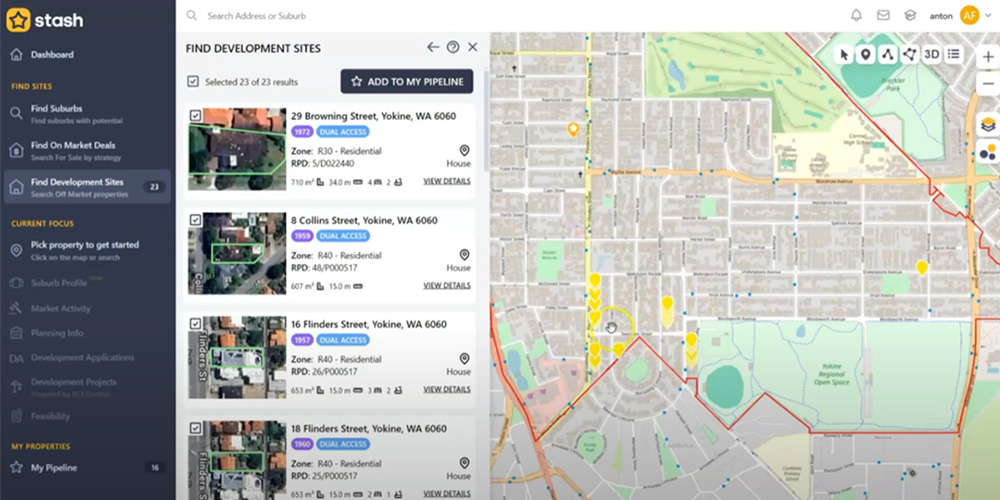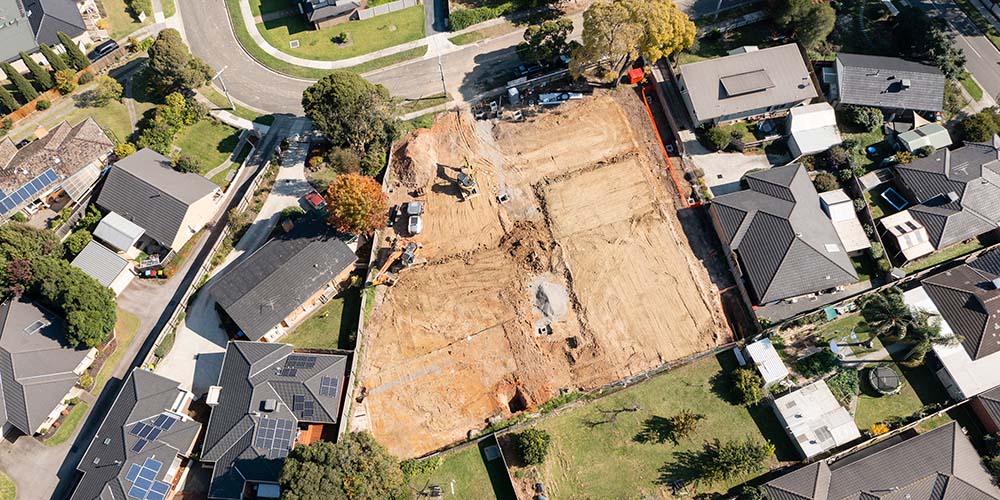
Learn all about infrastructure and Public open space charges in Western Australia.
When subdividing or developing land in western Australia, there are many different costs that the average developer realises in the course of doing a deal. There are all the regular fees and charges around surveying, engineering, design and planning, statutory charges for applications, service charges for access to water, power and electricity, plus all the physical costs associated with siteworks, demolition and dwelling construction. The one cost that people often overlook is the area specific council contributions applicable to their site, and whether Public Open Space (POS) charges are applicable. These can be big ticket cost items that are often overlooked, and can hurt your bottom line. As these fees and charges change form local government to local government, it behoves you to do some research before you buy or try to subdivide so there are no hidden costs and nasty surprises. Let’s look at some of this in more detail in the article.
Council infrastructure contributions in WA.
Under the powers vested to local government in State Planning Policy 3.6 Infrastructure Contributions, councils can (and do) charge developers fees towards infrastructure upgrades in their jurisdiction. Depending on the endorsed plan the council has been able to get approved by the Planning commission and the trigger mechanisms within it, you will be eligible to pay specific fees and charges as and when you develop your land. What these fees and charges are, and what infrastructure they are for, changes council to council, and can also change suburb to suburb (apportionment of cost relative to receipt of direct benefit). Before a council can charge these fees, they have to get a Developer Contribution Plan (DCP) approved by the planning commission, outlining a strategy around what they are raising money towards and how the cost is being apportioned and levied. Multiple area specific Developer Contribution Areas (DCA’s) may exist in a council that reflect a payment arrangement towards infrastructure covered under a Development Contribution Plan (DCP). It is important to note that a site may be impacted by one, multiple or no DCP’s. You need to find this out as part of your research.
In SPP3.6 it is specifically outlined what process a local government has go through to get a DCP endorsed, and the sort of things they raise money for. This incudes but is not limited to:
- Road and footpath upgrades
- Drainage and stormwater managing upgrades
- Right of Way (ROW) sealing and lighting
- Community infrastructure and facilities
- Land management
How they charge is outlines in their DCP and supporting documentation. It could be a per lot rate, cost/m2, lineal meter rate, unit rate or other. It will be very hard to get out of paying towards an endorsed DCP.
Public Open Space contributions for developers in WA.
In Western Australia, one of the hidden deal killers for developers are public open space (POS) payments or land contributions. Under the planning and Development Act and Metropolitan Regional Scheme, provision is to be made for public open space at a rate of 10% of land (minimum) that is infilled for urban use and purpose (ie. Residential housing). Whilst this typically falls to the developers of large Greenfields subdivisions to negotiate and pay/cede with the government, there is a large number of older suburbs in Perth that are below the 10% POS threshold. Using the powers vested to them under the Planning and Development act (PDA) and the guidance provided in DC2.3 Public open Space in Residential Areas, local governments will often make a recommendation to the planning commission that POS contributions are made by developers when they are subdividing land in these areas. Some important notes on POS contributions:
- Under the Planning and Development Act a POS contribution is applicable on more than 3 lots, under DC2.3 it can be read as 5 or more. This inconsistency (and a preference which to pursue) changes local government to local government. Be aware though that the Act technically trumps the policy in order of document hierarchy.
- 10% POS is accepted as either a cash in lieu payment (Landgate valuation of 10% value of parent lot) or 10% of the land mass, typically to the preference and discretion of the local government in line with their endorsed Public Open Space Strategy. The strategy is to demonstrate how funds raised are to be used and apportioned.
- Subject to the local givernment presenting a POS strategy and having it endorsed by the planning commission, the local government may be able to modify this provision further. For example, in the city of Gosnells, 10% POS payment is applicable on subdivision of 3 or more lots.
- A planning argument to read down, reduce or eliminate in entirety the POS contribution is possible. The key to the success of any such argument will be assessment of the amount of existing POS in the locality, the robustness (or *hint* non-existence) of a local governments POS strategy, and the proximity of a site to usable POS. A consulting town planner or Subdivision Expert should be engaged to justify the argument.
- Other land you are required to cede (ie for easements, right of ways, foreshore reserves) may offer limited or no credit towards your POS contribution, in line with the parameters of DC2.3. ie. POS is in addition in most instances.
- POS is applicable for both green title and Survey strata developments, and increasingly developer are being pursued on Built Strata developments as well…
As you can see, missing a POS qualification can be costly and hit your bottom line – it would be a 100k payment on a 1-million-dollar quad site in the City of Stirling for example. It is important therefore to consider and investigate all infrastructure and POS payments applicable to your project- you done t want a big bill as a surprise. Get in touch with us for help working out what costs you are up for with your site. Believe us every site is different!




